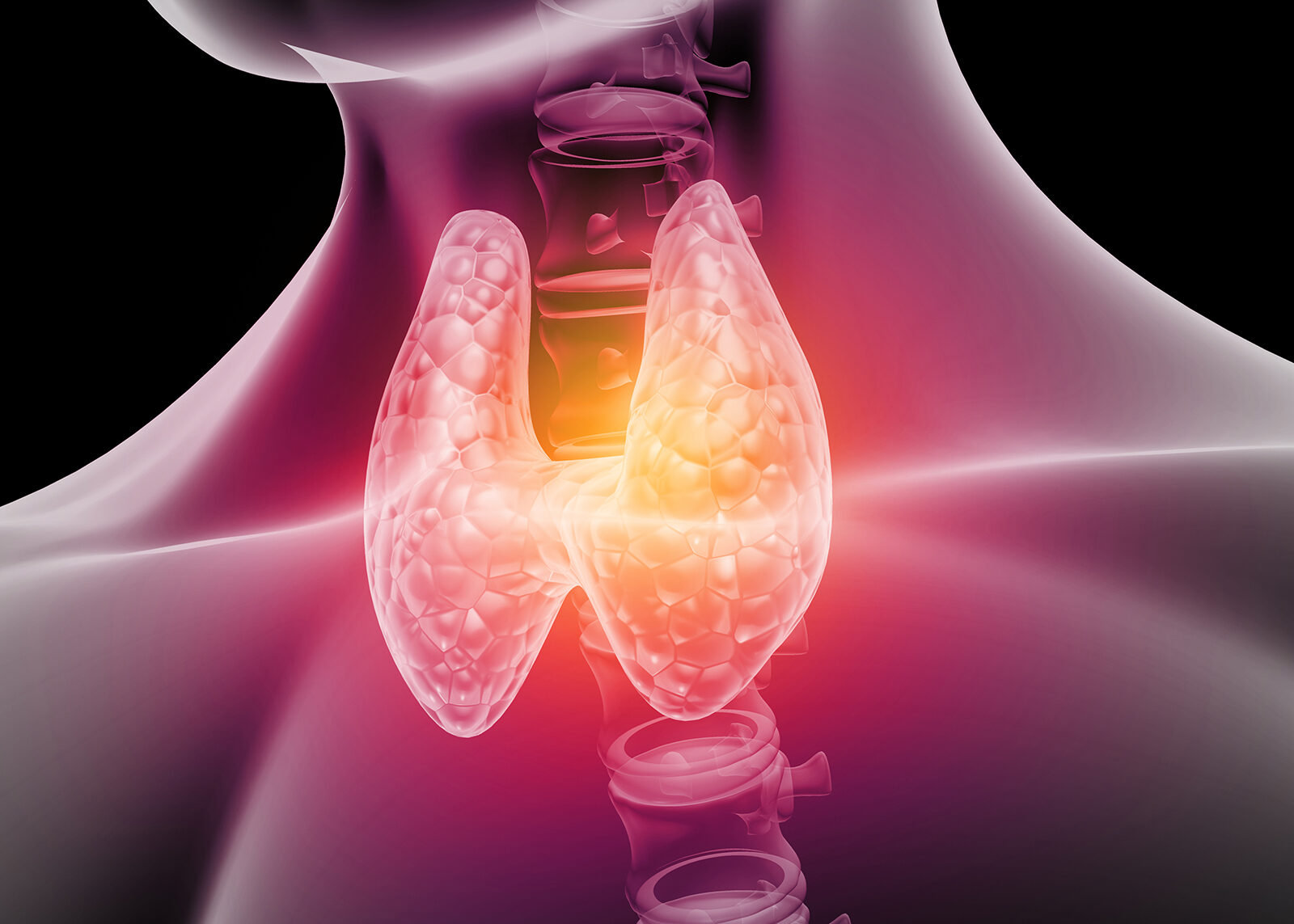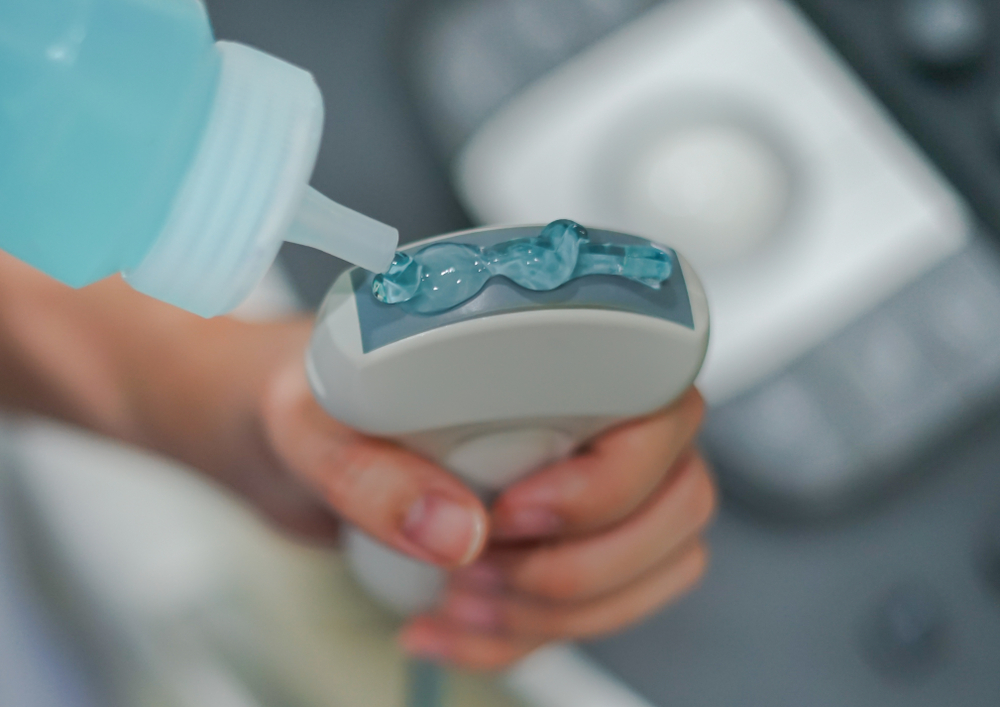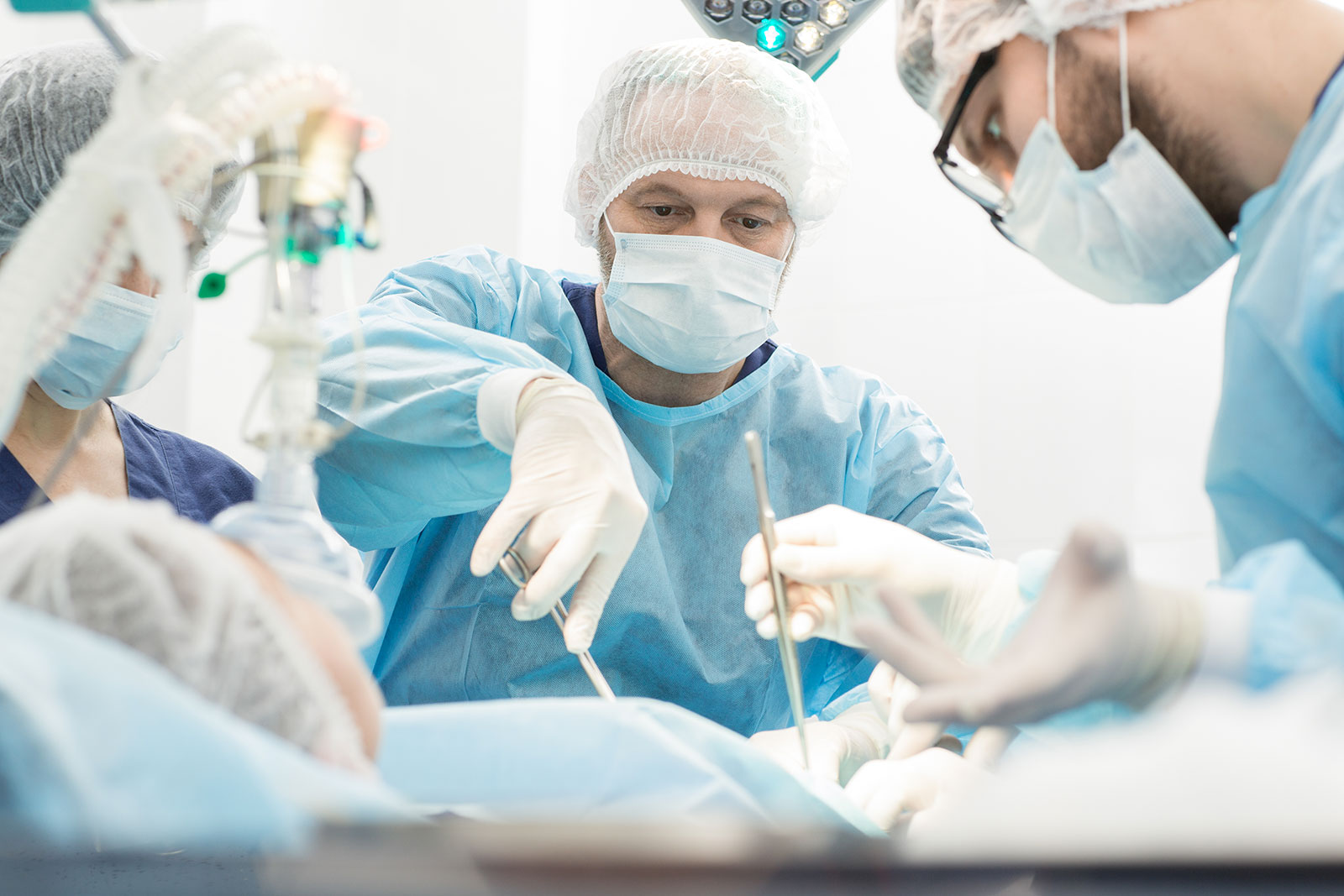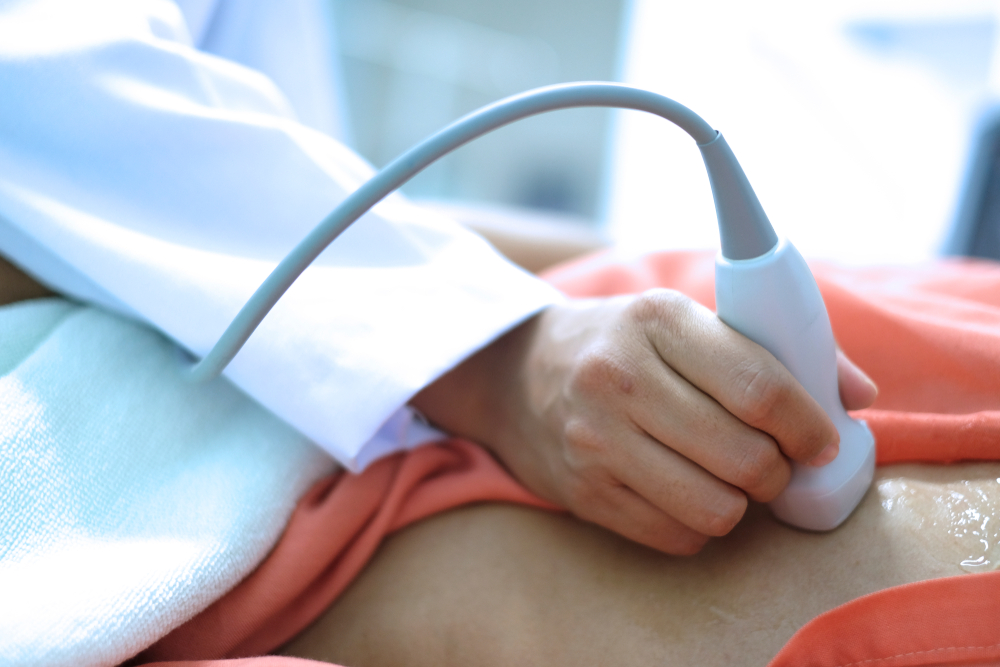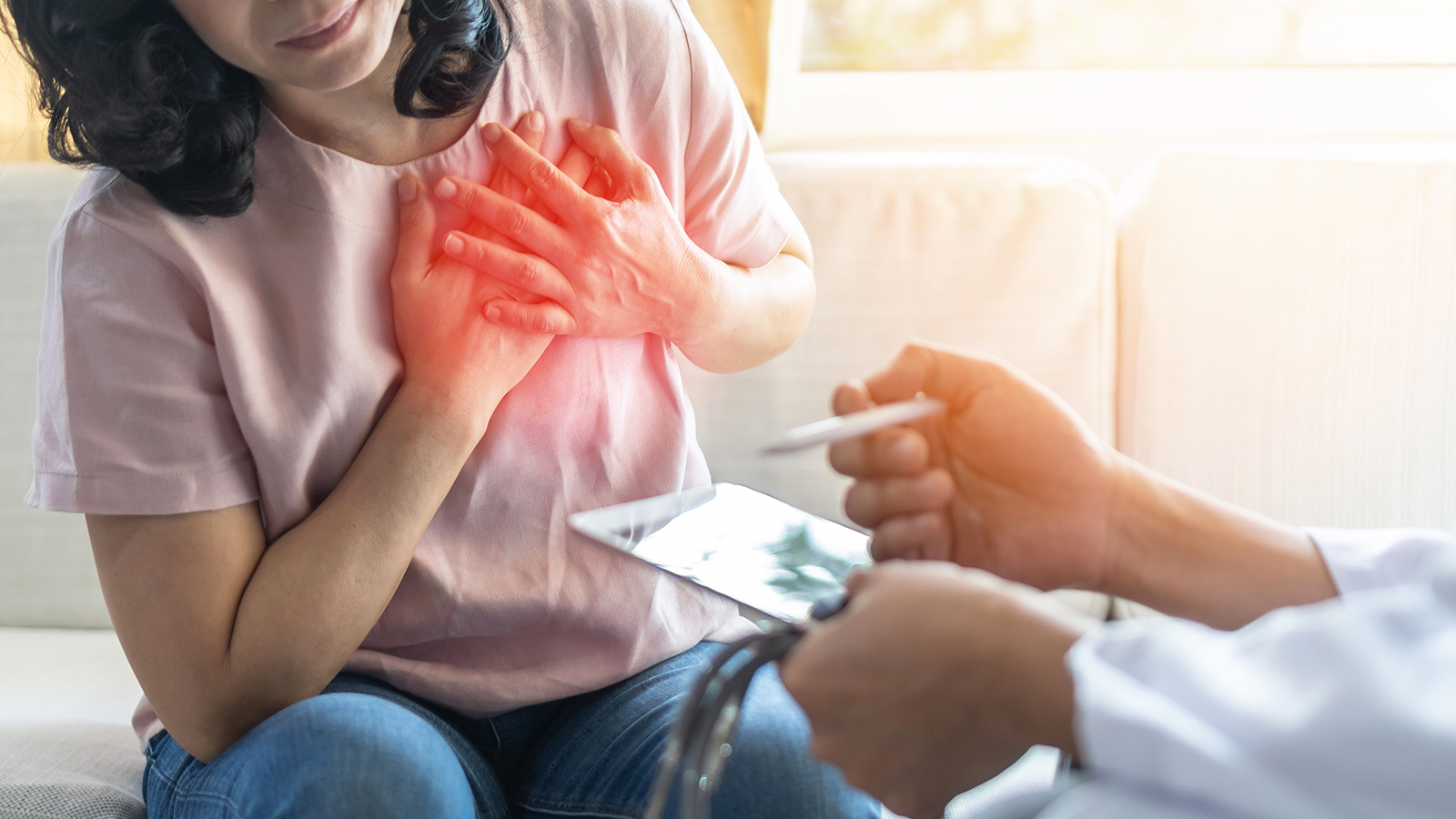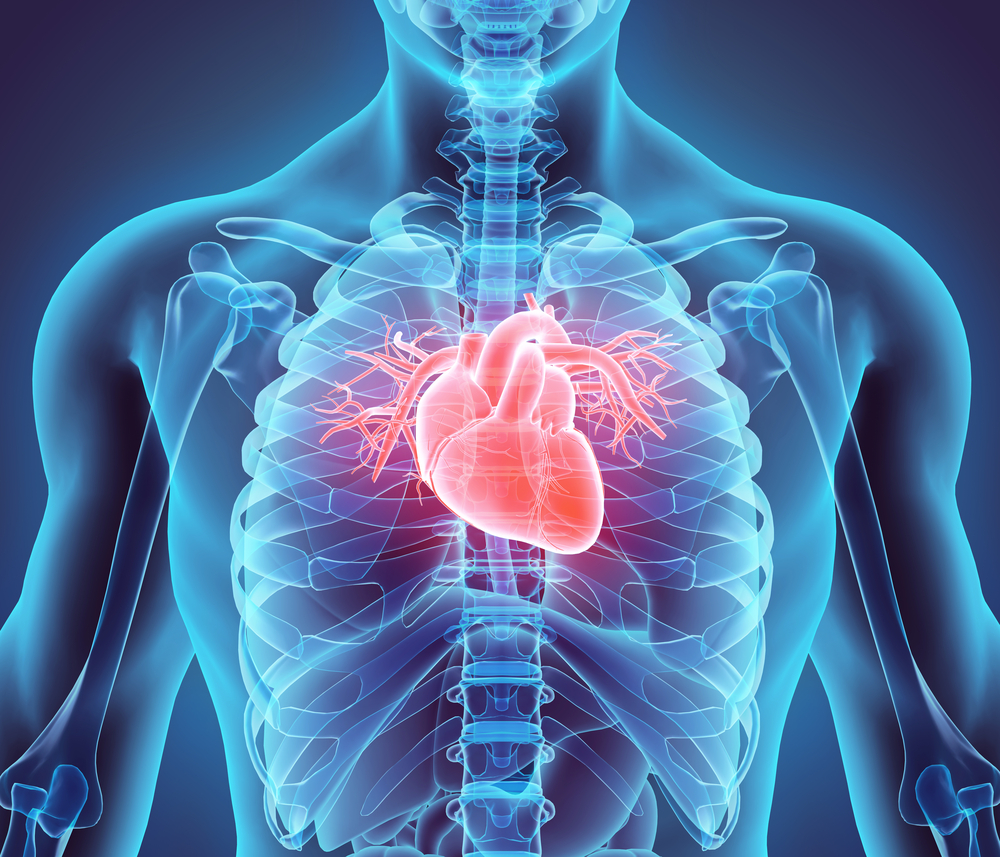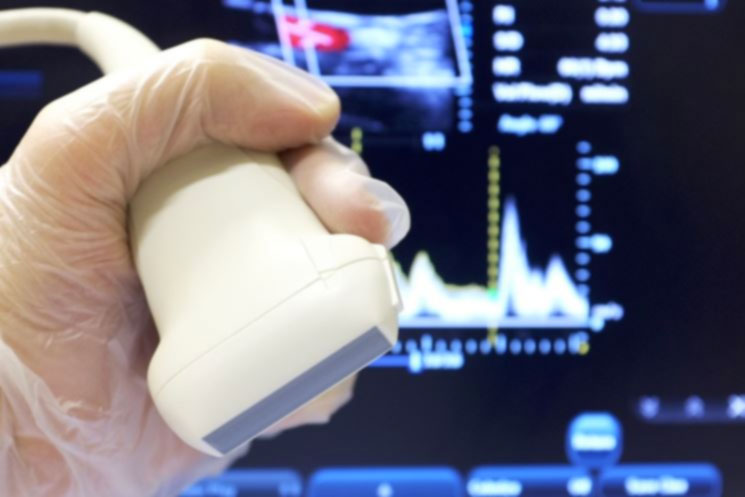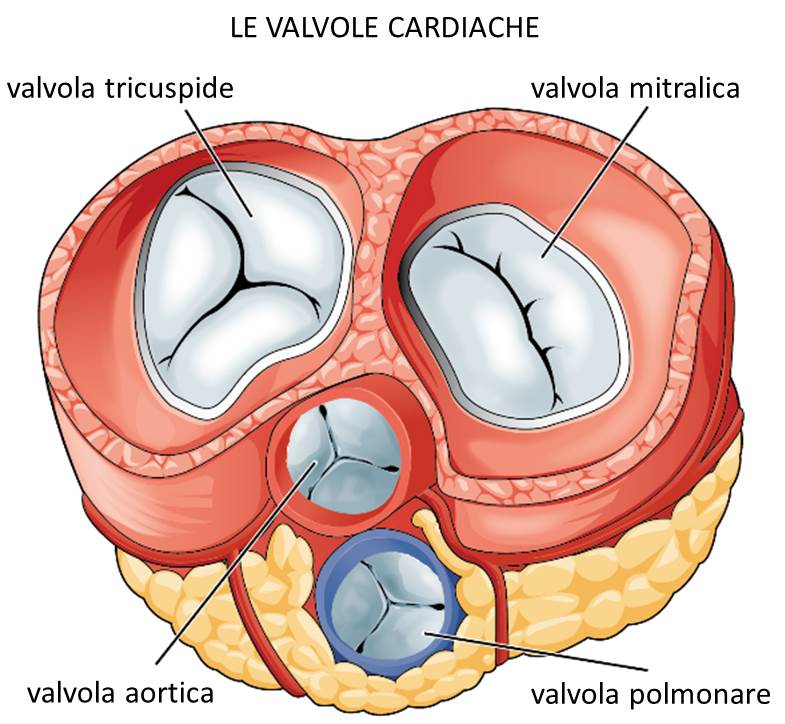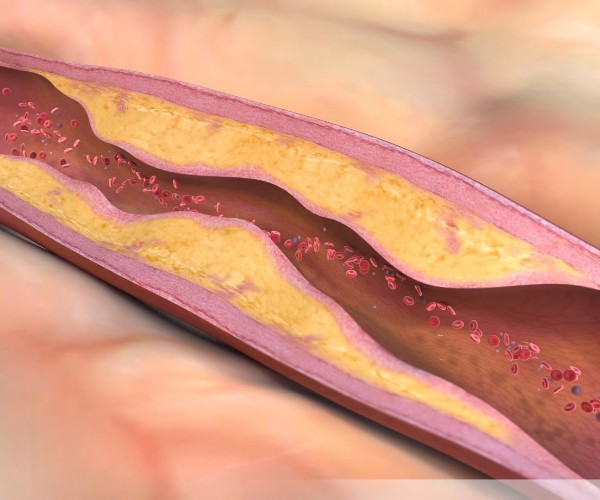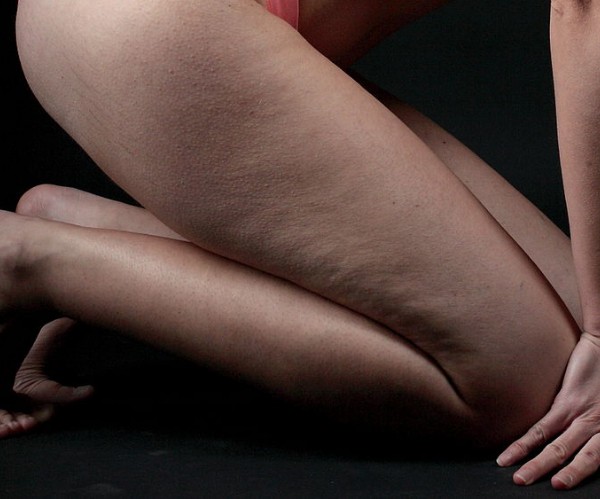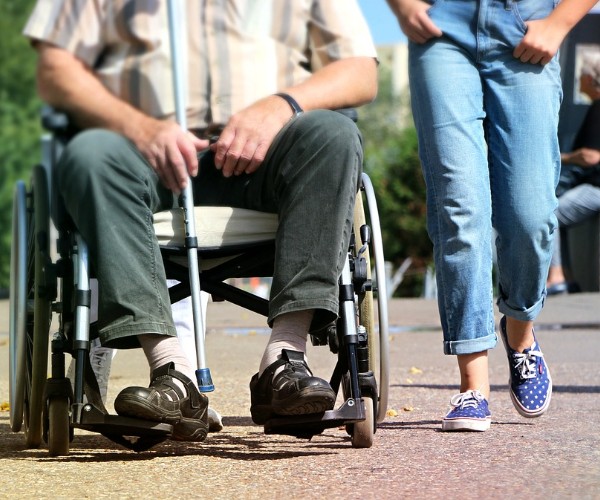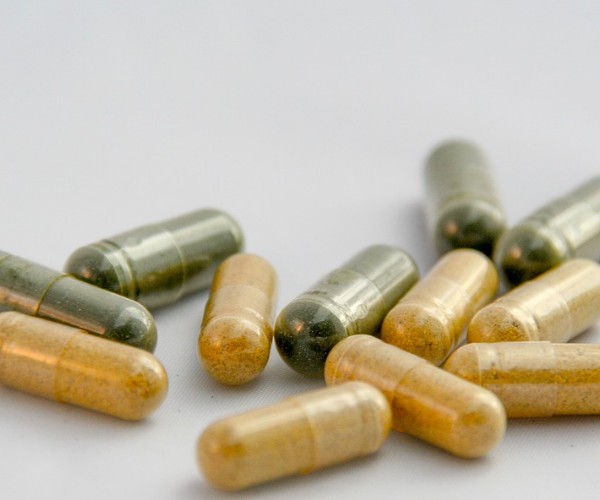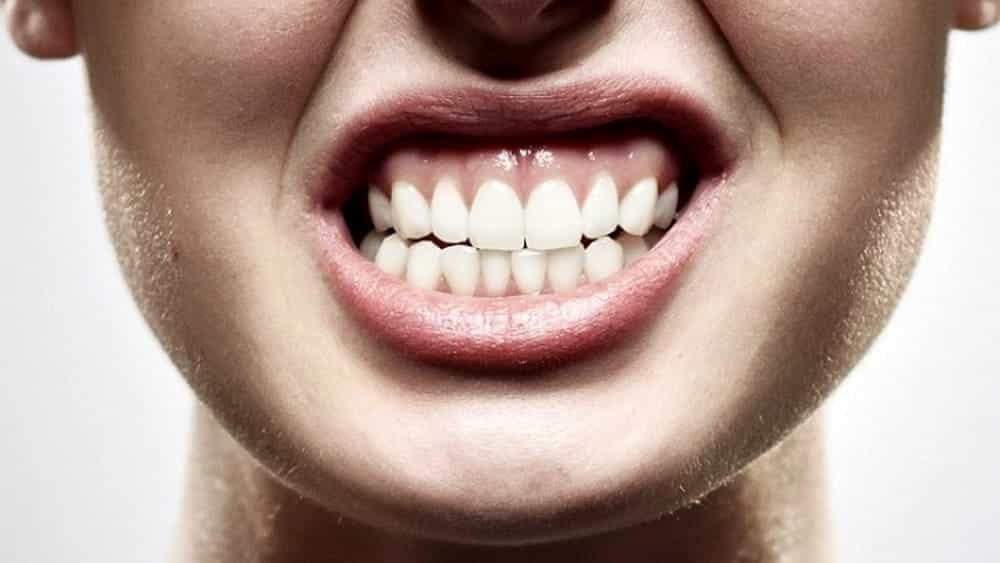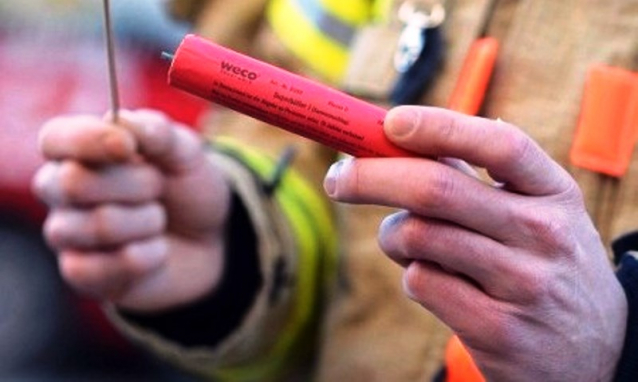It is certain clinical signs that determine the. diagnosis of cardiac arrest: a respiratory arrest, the absence of a pulse, and a reduced state of consciousness. A blood pressure measurement is impractical; there is dilation of the pupils, which appear unresponsive to external stimuli such as light.
Tachycardia or ventricular fibrillation may occur, or asystole or even a bradycardic rhythm with no discernible pulse. The assessment of the adult patient is done according to possible treatments, considering the electrolyte picture and oxygenation levels. In the case of pediatric patients, glycemic values are taken into account.
Causes of cardiac arrest are not easily detected during cardiopulmonary resuscitation. Clinical examinations, chest ultrasonography, and chest radiography can sometimes find the presence of a pneumothorax. Echocardiography can detect cardiac contractions and detect conditions such as right ventricular overload that may herald pulmonary embolism, or severe hypovolemia, or left ventricular abnormalities that may result in myocardial infarction.
Rapid laboratory tests often detect abnormal levels of potassium, allowing it to be understood that the cardiac arrest was caused by a secondary arrhythmia.
GENERAL SIGNS.
RESPIRATORY ARREST
ABSENT PULSE.
REDUCED STATE OF CONSCIOUSNESS
P.A. NOT MEASURABLE
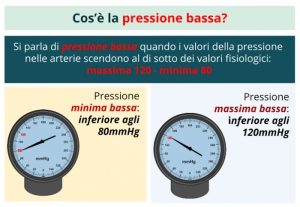
DILATED AND UNRESPONSIVE PUPILS
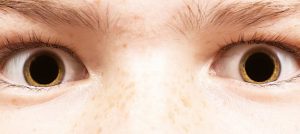
CARDIACIAL SIGNS.
TACHICARDIA
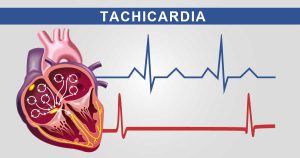
VENTRICULAR FIBRILLATION
ASISTOLIA
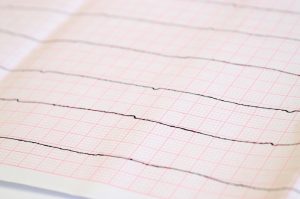
BRADYCARDIC RHYTHM
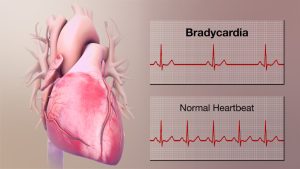
EVALUATION OF THE ADULT PATIENT
OXYGEN LEVEL
ELECTROLYTIC SWITCHBOARD
EVALUATION OF THE PEDIATRIC PATIENT
GLICEMIA
POSSIBLE COMPLICATIONS



